Premium Only Content
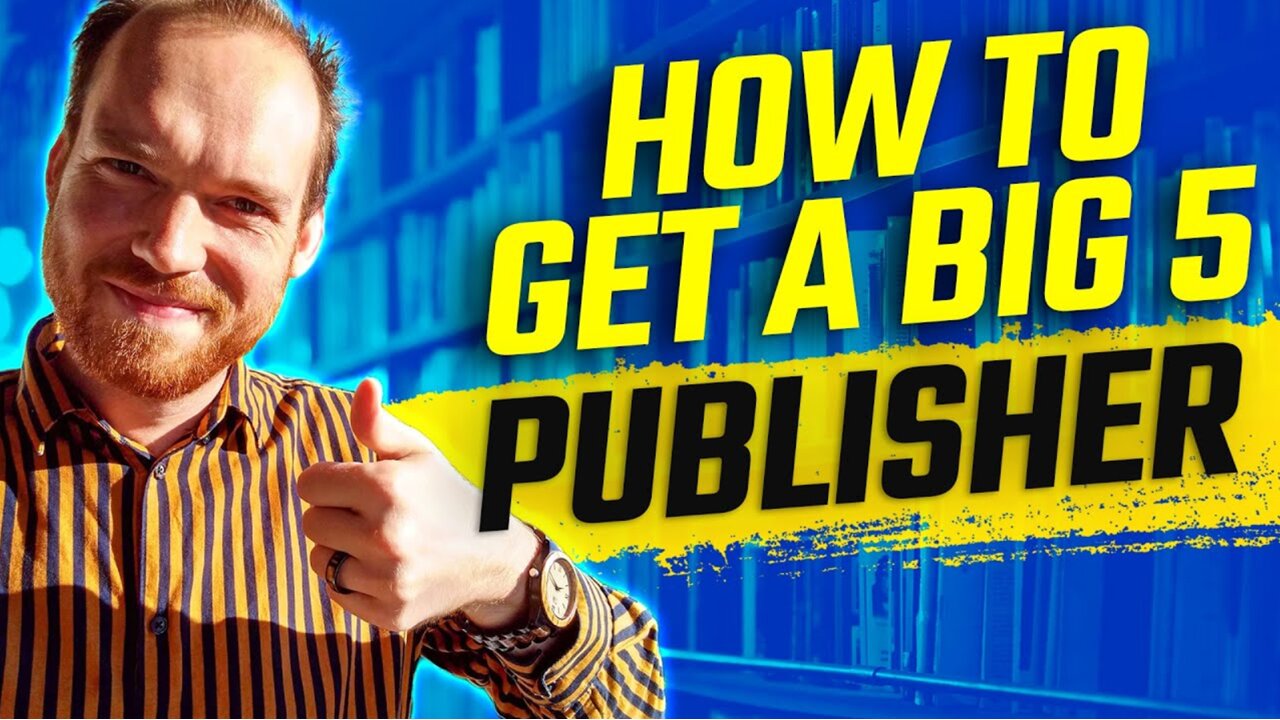
How Do You Get Published by the Big 5 Publishers? | Manuscript Submissions Tips
👉 Write a useful book that converts readers into high-paying clients. Free training shows you how: https://lisecghostwriting.com/golden/ 📖
Many aspiring authors dream of seeing their books published by the Big 5 publishers—Penguin Random House, HarperCollins, Hachette Book Group, Simon & Schuster, and Macmillan—but few truly understand what it takes to make that dream a reality. In this comprehensive breakdown, celebrity ghostwriter and writing coach Joshua Lisec unveils the insider knowledge every author needs to successfully navigate manuscript submissions, stand out to literary agents, and ultimately get published by one of the most prestigious publishing houses in the world.
Lisec begins by explaining the truth about Big 5 publishers and their publishing submissions process. While the allure of signing with an industry giant is strong—mainstream visibility, professional distribution, and major media coverage—the reality is that publisher submissions to the Big 5 are not as straightforward as sending an email. Every major publisher, from Penguin Random House submissions to HarperCollins submissions, clearly states on their websites: “No unsolicited manuscripts.” This means that without a literary agent, an author’s work won’t even be reviewed.
That’s why finding an agent is the critical first step in the manuscript submissions journey. Lisec explains that an agent serves as a bridge between an author and the Big Five publishing houses. Agents understand the manuscript submission guidelines that publishers follow, they know the editors at various HarperCollins imprints or Macmillan submissions departments, and they know how to pitch a book in a way that gets attention. For authors asking how to find a publisher for my first book, the answer starts with securing the right representation.
Lisec directs aspiring authors to AgentQuery, a free online database listing agents by category. Whether a writer is submitting novel submissions or nonfiction book proposals, they can search for professionals open to new clients in their genre. Typing in “memoir,” “autobiography,” or “biography” immediately reveals a list of agents currently accepting book submissions. These are the first doors authors must knock on before approaching the Big 5 publishers.
However, even with an agent’s help, a great idea alone is not enough. Lisec emphasizes that manuscript submissions must demonstrate commercial viability—a clear reason why the book deserves a place in the marketplace. That’s where the book proposal comes in. For nonfiction authors, this document serves as both a business plan and a persuasive pitch. Most publisher submissions teams require proposals that can run up to seventy-five pages long, including an overview, market analysis, competition breakdown, author bio, promotional plan, and sample chapters.
Lisec describes this overview section as the first opportunity to sell the book’s concept. When acquisitions editors review manuscript submissions, the first question they ask is: What is this book about, and why now? The overview must show how the book fills a gap in the market, offers a fresh angle, and has a clear viral word-of-mouth marketing potential. The stronger and more specific this opening section, the higher the chance of an agent or editor requesting the full proposal.
Next comes the market section. Within publishers marketplace databases, every book is classified under standardized categories—known as BISAC codes—that determine how a book is sold, marketed, and shelved. Authors submitting to Big 5 publishers must show they understand these classifications and can identify their primary and secondary markets. For instance, Penguin Random House submissions teams look for clear positioning that distinguishes a new manuscript from the thousands already in their novel submissions queue. Whether writing a business guide or a science-fiction epic, defining that niche audience is critical.
Lisec goes further, detailing how authors can strengthen their publishing submissions by including a competitive analysis. The competition section of a proposal outlines existing bestselling books in the same category and highlights how the new work offers a unique advantage. Macmillan submissions teams, for example, pay close attention to whether a new author can articulate how their book fits into the current market conversation while offering something original.
The author’s bio is another decisive factor in publisher submissions. It’s not simply a résumé—it’s a credibility statement. Lisec teaches that editors want to know why the writer is the best person to tell this story. Demonstrating expertise, influence, or audience reach can turn an otherwise unknown author into a promising candidate for Big 5 publishers. This is where nonfiction writers can especially shine by linking their book’s theme to their real-world experience, whether in business, science, or personal development.
After the bio, authors must include a marketing plan—a section that details how they intend to sell the book. Even the largest Big Five publishers now expect authors to participate in promotion. Editors reviewing HarperCollins submissions or Penguin Random House submissions want to see that the writer has a realistic, proactive plan for marketing. This includes potential speaking engagements, podcast appearances, online advertising strategies, or collaborations. As Lisec notes, the stronger the author’s platform, the more appealing their manuscript submissions become.
For nonfiction, the next key component is the table of contents, which provides a chapter-by-chapter summary of the book. Lisec clarifies that this isn’t simply a list—it’s a strategic overview that describes what each chapter delivers and how it contributes to the reader’s transformation. Many editors at Macmillan submissions and HarperCollins imprints expect to see depth, focus, and forward momentum here. Following that, sample chapters—usually the first three—demonstrate the book’s tone, structure, and writing quality.
For fiction authors, however, the process differs. While nonfiction authors submit proposals, novelists must have a completed and polished manuscript before sending novel submissions to agents or publishers. Novel manuscript submission guidelines require authors to submit their full work for consideration, along with a brief query letter summarizing the plot, genre, and audience.
Lisec emphasizes that timing also plays a surprising role in publisher submissions. He jokes that the best time to send a query might be “2:30 a.m. on a Sunday morning,” underscoring how competitive the process is and how agents constantly sift through thousands of book submissions each month. A concise, engaging query letter—one that makes it easy for an agent to visualize selling the book to a Big 5 publisher—is essential.
Another powerful insight Lisec shares is that self-published authors are not excluded from traditional deals. If a self-published title performs well, it can attract attention from major publishing houses. Big 5 publishers often acquire rights to commercially successful independent books. This means that strong sales, positive reviews, and media visibility can open the same doors that novel submissions once did. Authors who strategically build an audience through independent publishing can later leverage that success into Macmillan submissions, Penguin Random House submissions, or even multiple offers through publishers marketplace.
Throughout the session, Lisec demystifies how to submit a manuscript the right way and avoid common pitfalls. He stresses that professional presentation, a clear market angle, and persuasive writing all increase the likelihood of being noticed by Big 5 publishers. For authors asking how to submit a book for publishing, the roadmap is clear: develop a commercially strong idea, craft a meticulous proposal or full manuscript, and align it with the specific manuscript submission guidelines of the publishers or agents being targeted.
Ultimately, Lisec’s insights serve as a definitive guide for anyone serious about getting published by the world’s most respected publishing houses. Whether working on novel manuscript submission, publisher submissions for nonfiction, or exploring the possibilities of HarperCollins submissions, his advice provides a practical, step-by-step framework for breaking into the traditional publishing world.
For writers ready to transform their passion into a publishing career, understanding the Big Five process isn’t just an advantage—it’s a necessity. With Lisec’s proven guidance, every author can move from wondering “How do I find a publisher for my first book?” to confidently submitting their manuscript, signing with an agent, and earning that coveted spot among the Big 5 publishers.
-
 DVR
DVR
Alex Zedra
4 hours agoLIVE! Spooky Games tn
40.8K2 -
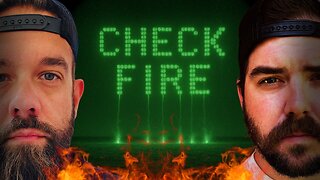 2:58:21
2:58:21
I_Came_With_Fire_Podcast
15 hours agoThe Normalization of Political Violence | Right Wing In-Fighting | China Chooses China
29.8K9 -
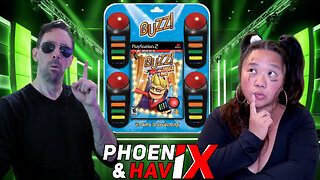 2:37:06
2:37:06
PandaSub2000
10 hours agoLIVE 10:30pm ET | BUZZ TRIVIA with Chat!
29.5K2 -
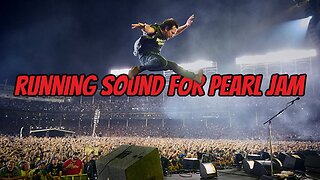 1:13:58
1:13:58
ThisIsDeLaCruz
3 hours ago $0.01 earnedWhat Fans Never Hear: Pearl Jam’s Audio Engineer Tells His Story
22.1K3 -
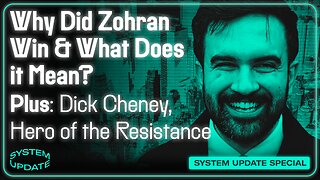 1:39:58
1:39:58
Glenn Greenwald
7 hours agoWhy Did Zohran Win & What Does it Mean? Plus: Dick Cheney, "Hero of the Resistance" | SYSTEM UPDATE #543
134K85 -
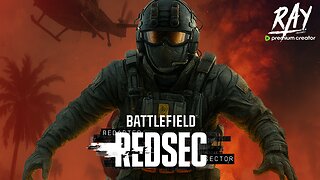 LIVE
LIVE
This is the Ray Gaming
4 hours agoRAYmember RAYmember the 5th of November | Rumble Premium Creator
102 watching -
 1:44:39
1:44:39
vivafrei
7 hours agoArctic Frost is Bigger Scandal than you Think!! Live with Former Green Beret Ivan Raiklin!
58.4K57 -
 2:29:57
2:29:57
Turning Point USA
6 hours agoTPUSA Presents This Is the Turning Point Tour LIVE with Eric and Lara Trump at Auburn University!
54.6K15 -
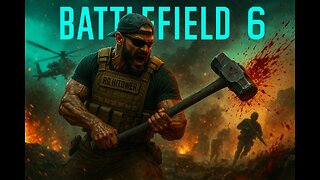 2:27:32
2:27:32
XDDX_HiTower
5 hours ago $0.01 earnedBATTLEFIELD 6 REDSEC! [RGMT CONTENT Mgr.
9.42K6 -
 2:02:56
2:02:56
Joker Effect
4 hours agoSTREAMER NEWS: What actually occurred at Dreamhack ATL. Frontier Airlines. Kick Staff Trolled me?!
6.52K4